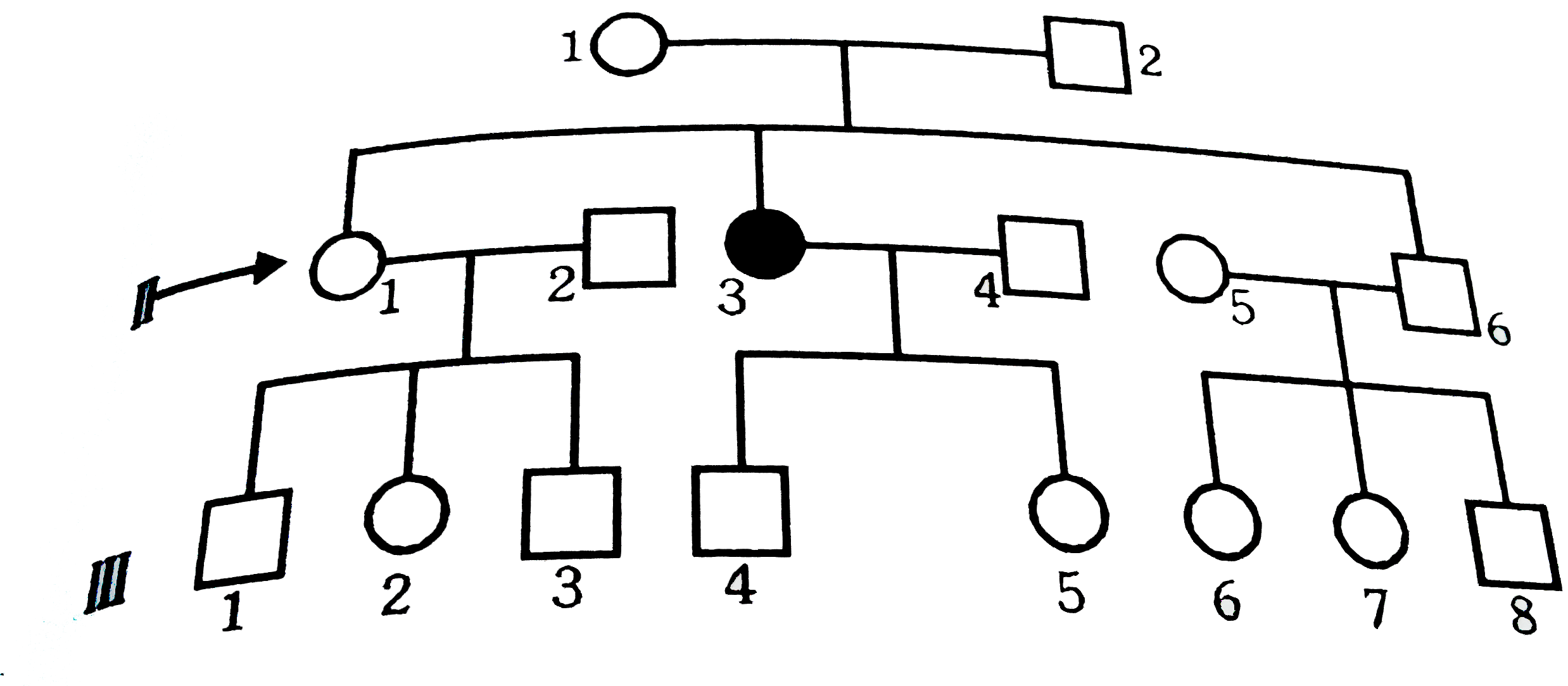Trisomic autosomal congenital disease is
Criminal syndrome
Down's syndrome
Klinefelter's syndrome
Turner's syndrome
The correct Answer is:B
Step-by-Step Solution:
1. Understanding Trisomy: Trisomy is a genetic condition where an individual has three copies of a particular chromosome instead of the usual two. This can lead to various congenital diseases.
2. Identifying Autosomal Chromosomes: Autosomes are chromosomes that are not involved in determining the sex of an individual. Humans have 22 pairs of autosomes and one pair of sex chromosomes (XX for females and XY for males).
3. Recognizing Congenital Diseases: Congenital diseases are conditions that are present at birth, which can be caused by genetic abnormalities, environmental factors, or a combination of both.
4. Analyzing the Options:
- Klinefelter Syndrome: This is caused by an extra X chromosome in males (XXY), making it a sex-linked condition.
- Turner Syndrome: This condition occurs when there is a missing X chromosome in females (X0), also a sex-linked condition.
- Criminal Syndrome (Jacob Syndrome): This is due to an extra Y chromosome in males (XYY), which is again a sex-linked condition.
- Down Syndrome: This condition is also known as Trisomy 21, where there is an extra copy of chromosome 21, making it an autosomal congenital disease.
5. Conclusion: Based on the analysis, Down Syndrome is the only condition listed that is classified as a trisomic autosomal congenital disease.
Final Answer: Down Syndrome
---
- Klinefelter Syndrome: This is caused by an extra X chromosome in males (XXY), making it a sex-linked condition.
- Turner Syndrome: This condition occurs when there is a missing X chromosome in females (X0), also a sex-linked condition.
- Criminal Syndrome (Jacob Syndrome): This is due to an extra Y chromosome in males (XYY), which is again a sex-linked condition.
- Down Syndrome: This condition is also known as Trisomy 21, where there is an extra copy of chromosome 21, making it an autosomal congenital disease.
Topper's Solved these Questions
- BIOLOGY IN HUMAN WELFARE (HEALTH & DISEASES) BOOK - ALLENCHAPTER - BIOLOGY IN HUMAN WELFARE (HEALTH & DISEASES) EXERCISE - Exercise -II
66 Videos
- BIOLOGY IN HUMAN WELFARE (HEALTH & DISEASES) BOOK - ALLENCHAPTER - BIOLOGY IN HUMAN WELFARE (HEALTH & DISEASES) EXERCISE - Exercise -III
20 Videos
- BIOLOGY IN HUMAN WELFARE (HEALTH & DISEASES) BOOK - ALLENCHAPTER - BIOLOGY IN HUMAN WELFARE (HEALTH & DISEASES) EXERCISE - Exercise -I Immunity
15 Videos
- BIOLOGY IN HUMAN WELFARE (DOMESTICATION OF PLANTS & ANIMALS) BOOK - ALLENCHAPTER - BIOLOGY IN HUMAN WELFARE (DOMESTICATION OF PLANTS & ANIMALS) EXERCISE - Exercise-IV (Assertion & Reason)
8 Videos
- BIOMOLECULE - IBOOK - ALLENCHAPTER - BIOMOLECULE - IEXERCISE - S
20 Videos
Similar Questions
Knowledge Check
The autosomal disorder/disease in humans is:
AColour blindnessBThalassemiaCHaemophiliaDTurner's Syndrome
Cystic fibrosis is an autosomal recessive disease . In an island having a population of 200 people, 98 people suffer from cystic fibrosis. How many people are carrier of this disease ?
View SolutionAn autosome is
View SolutionGive two examples of congenital diseases.
View SolutionSickle-cell anaemia as well as thalassemia are autosomal recessive diseases.
What do the terms autosomal and recessive mean?
View SolutionSickle-cell anaemia as well as thalassemia are autosomal recessive diseases.
Why are these diseases more common than expected in certain areas?
View Solutionacquired disease and congenital disease.
View SolutionWhich of the following is a congenital disease?
View Solution

